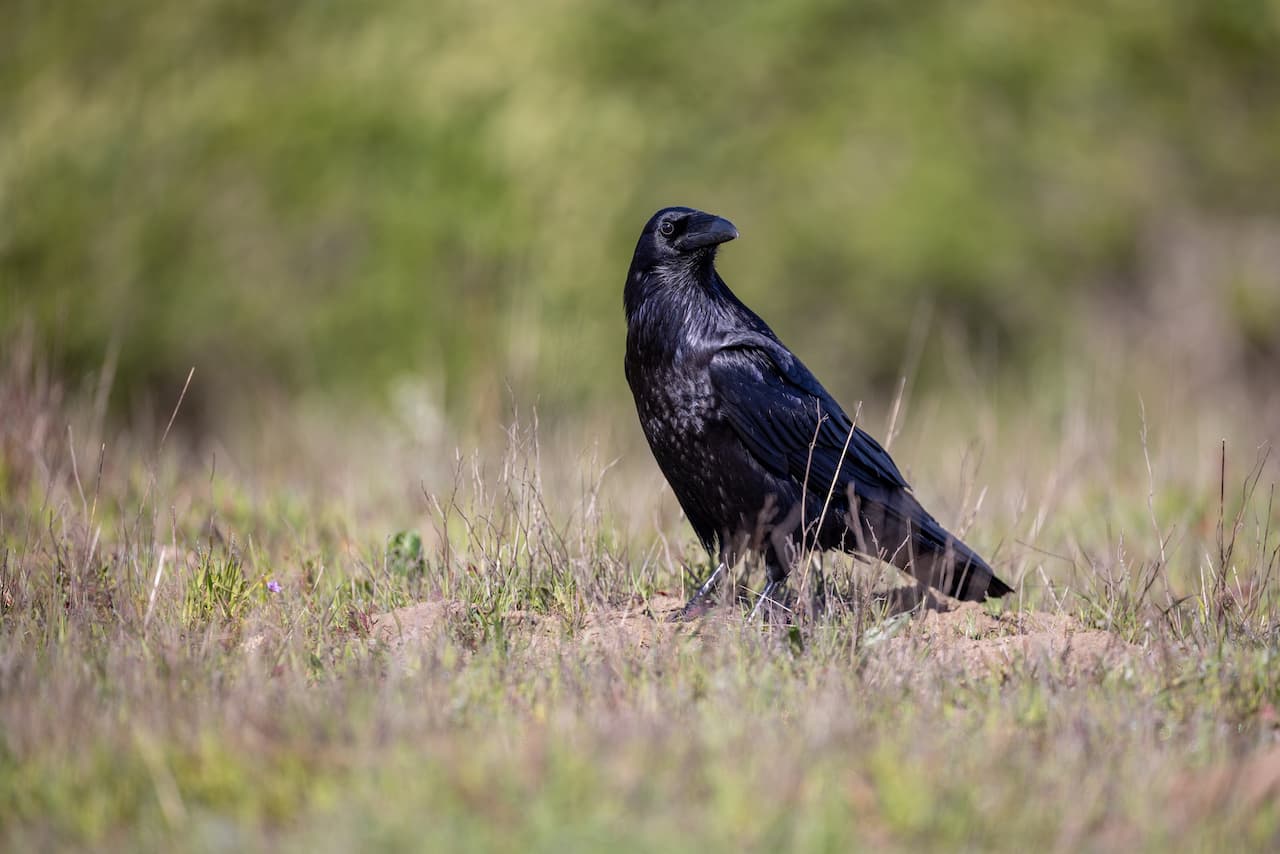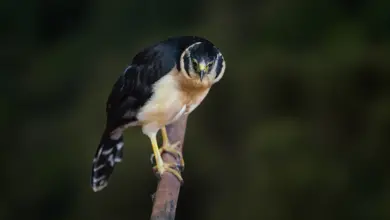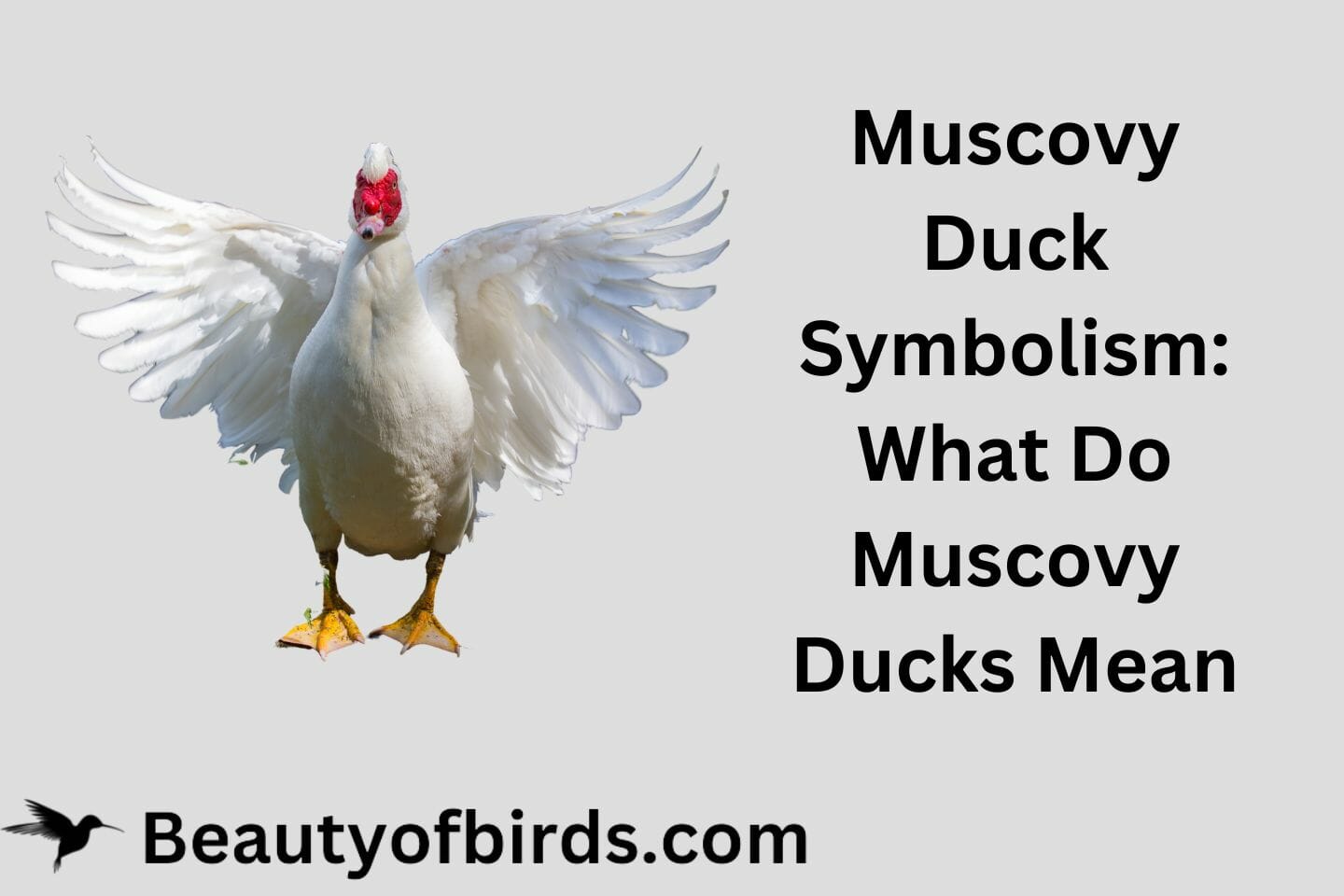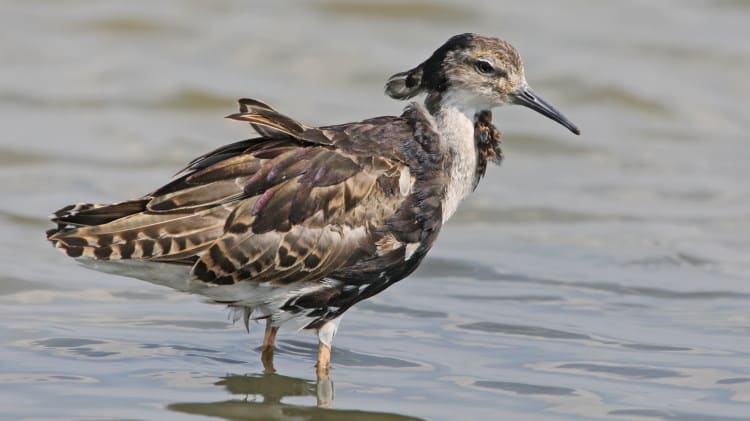The kiwi, New Zealand’s iconic national bird, is a cherished cultural treasure and symbol of the country’s unique natural heritage. However, all five species of this flightless ratite are rapidly declining and facing serious threats of extinction.
Once numbering in the millions, predation by invasive mammals, habitat loss, small fragmented populations, climate change, and disease have decimated wild kiwi populations to under 70,000 birds today.
Intensive conservation efforts are underway to protect the remaining kiwi and restore their numbers through predator control, captive breeding, translocations, habitat restoration, community engagement, and research.
Significant progress gives hope, but major challenges remain to secure the Kiwi’s future.
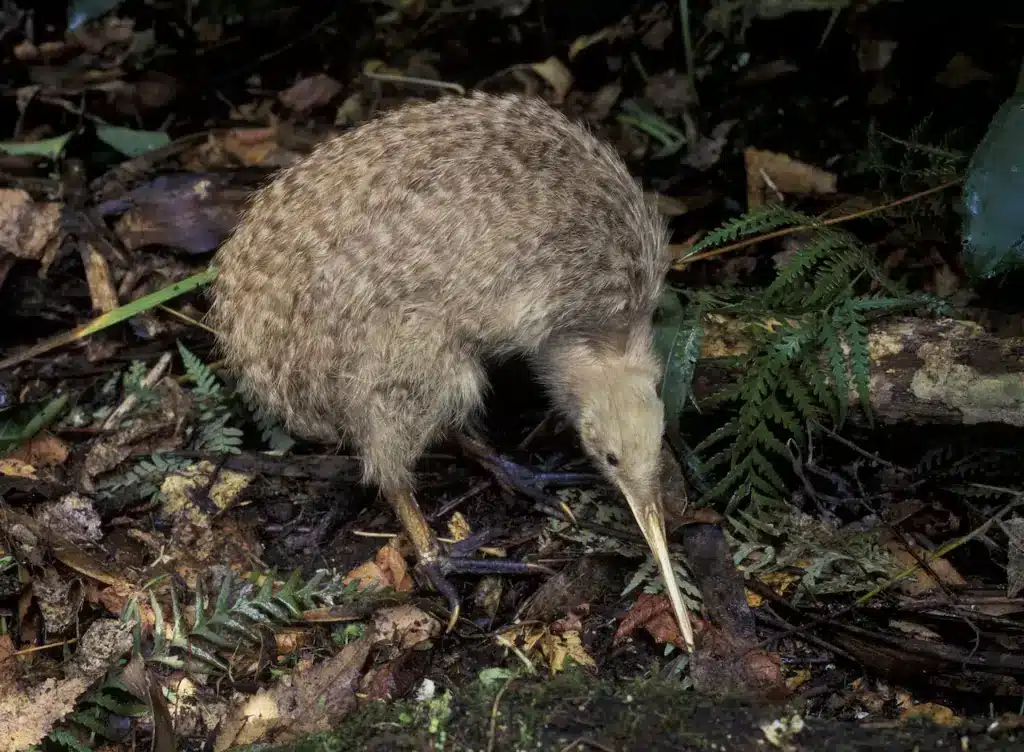
Kiwi Species
There are five species of kiwi inhabiting various regions across New Zealand:
Brown Kiwi
The most widespread and numerous kiwi species occur throughout the North Island. But populations are disappearing from many areas at an alarming rate. About 35,000 remain.
Great Spotted Kiwi
The largest species is restricted to northwest Nelson, the northern West Coast, and northwest Marlborough, where terrain offers some protection. About 15,000 birds exist.
Little Spotted Kiwi
New Zealand’s rarest kiwi, with only about 1300 remaining. They are found only on Kapiti Island and a few fragmented mainland sites where conservation efforts keep them clinging on.
Rowi or Okarito Kiwi
The most endangered species, with 400-450 surviving. Restricted solely to a shrinking habitat around Okarito on the South Island’s West Coast. Intensive management has pulled Rowi back from the brink.
Tokoeka
Distributed in western and southern parts of the South Island. Approximately 25,000 birds remain, but many populations are isolated and declining.
Cultural Significance
The kiwi holds a treasured place in Māori and wider New Zealand culture, lore and national identity. Kiwi feathers are woven into prized garments, and the nocturnal bird is considered a taonga (treasure) by all tribes.
Art, legends, proverbs, and company names use the kiwi as an icon, symbolizing the uniqueness of Aotearoa’s wildlife and natural heritage. However, the kiwi’s future survival is under threat, sounding alarm bells for the land’s ecological health.
Conservation Status
All kiwi species have experienced severe population declines and are rated as threatened on the IUCN Red List:
- Brown Kiwi: Endangered
- Great Spotted Kiwi: Vulnerable
- Little Spotted Kiwi: Endangered
- Rowi: Critically Endangered
- Tokoeka: Endangered

Without dedicated human efforts to protect populations, all wild kiwi face extinction within decades as threats accumulate. Some subspecies are perilously close to vanishing completely.
Major Threats Facing Kiwi
Several key factors are driving dramatic Kiwi declines:
Predation
Introduced predators like stoats, ferrets, weasels, feral cats, rats, and possums prey heavily on eggs, chicks, and even adult kiwi. Dogs also frequently kill adult kiwi. Most chicks die before reaching adulthood without active predator control.
Habitat Loss
Mass deforestation for farms and settlements has severely reduced and fragmented the native forest and scrub habitat Kiwi depend on for survival. This loss continues in many regions.
Small Populations
Many isolated kiwi populations now number fewer than 100 birds, increasing risks of inbreeding depression and random events causing localized extinctions.
Climate Change
Droughts, storms, floods, and unseasonal temperatures linked to climate change are already impacting kiwi through exposure, food shortages, and disease. Scientists predict greater future disruptions.
Other Threats
Vehicle collisions, animal diseases like avian malaria, and human activities like trapping, poisoning, and mining also contribute to kiwi losses. Limited genetic diversity from isolation worsens their plight.
Conservation Strategies
To save the kiwi from extinction, the Department of Conservation, community groups, local tribes, and researchers employ various mutually reinforcing strategies:
Predator Control
Trapping, poisoning, and exclusion fencing to suppress stoats, rats, possums, ferrets, feral cats, and dogs have significantly boosted chick survival where maintained at effective densities over large areas.
Captive Breeding
Kiwi recovery centers incubate and hatch eggs, then raise chicks in predator-proof enclosures to boost juvenile recruitment. Chicks are eventually released into the wild.
Translocations
Moving kiwi to predator-free offshore islands and fenced sanctuaries where they can breed safely greatly aids population growth. Careful selection from various genetic sources is vital.

Habitat Protection
Preserving and restoring native forest, scrubland, and wetland ecosystems creates safe spaces for kiwis free of pressures from predators, livestock, and human activities.
Working with Communities
Partnering with local Māori tribes, schools, farmers, businesses, conservation groups, and volunteers engages widespread public participation and care to protect habitats.
Public Awareness
School programs, social media campaigns, signs about dogs, and other educational efforts foster vigilance against threats Kiwi face in populated areas.
Research and Monitoring
Studying kiwi populations using radio transmitters, DNA analysis, and surveys enhances understanding of status, movements, breeding ecology, and threats to guide evidence-based conservation actions.
Progress and Challenges
Conservation efforts have achieved substantial successes:
- Some intensively managed kiwi populations are increasing and spreading to new areas.
- Hundreds of community Kiwi protection projects have formed across New Zealand.
- Large fenced sanctuaries and ecological “island” habitats are being created through sustained predator control.
- Public knowledge of how to help protect Kiwi is steadily rising.
However, major challenges remain:
- Most kiwis remain completely unmanaged and keep declining without intervention.
- Habitat loss and fragmentation continue in many regions.
- Predator populations can rapidly rebound where control is sporadic rather than sustained.
- Securing consistent funding for long-term Kiwi recovery work is problematic.
- Outbreeding depression risks from poorly planned cross-population introductions can outweigh genetic benefits.
- Engaging all communities and demographics to participate in conservation requires immense ongoing work.
Case Study: Saving the Rowi Kiwi
The rarest kiwi species, the Rowi or Okarito kiwi, illustrates the brink of extinction facing all wild, unmanaged kiwi as well as the power of science-based conservation programs to bring species back.
Their story also highlights the importance of traditional Māori knowledge and values in protecting taonga.
Historic Decline
Rowi originally inhabited a broad coastal range until logging and predator incursions largely confined them to a shrinking enclave around Okarito by the 1960s. By the 1990s, fewer than 150 Rowi remained.
Cultural Commitment
Local Māori refused to let the Rowi slip away. They shared ancestral knowledge of the bird and pressed for action based on traditional kaitiakitanga (guardianship) obligations.
Intensive Protection
Starting in the 1990s, the installation of stoat traps, chick fostering, predator-proof fences, and a tightly controlled sanctuary reserve helped the Rowi population recover to over 400 birds by 2016.
Expanded Habitat
Further habitat restoration and sustained predator control enabled Rowi to spread from their restricted original site into surrounding national parklands, boosting breeding.
Remaining Threats
Despite monumental progress, Rowi kiwi still requires active management of their entire limited habitat and population to maintain recovery. Control must persist, or declines could resume.
Kiwi Conservation Research Needs
While much is known about kiwi ecology, gaps in scientific knowledge remain that conservationists are working actively to fill through formal research:
Genetic Variability
Kiwi populations have naturally low genetic diversity, worsened by isolation. Careful analysis is needed to guide optimal mixing and transfers for inbreeding avoidance.
Outbreeding Risks
Little is yet understood about potential outbreeding depression between highly distinct kiwi populations. More genetic profiling would enable pairing birds with the best evolutionary compatibility.
Climate Resilience
As conditions shift, research on kiwi adaptability, projecting habitat impacts, and mitigation strategies will grow increasingly vital for species preservation.
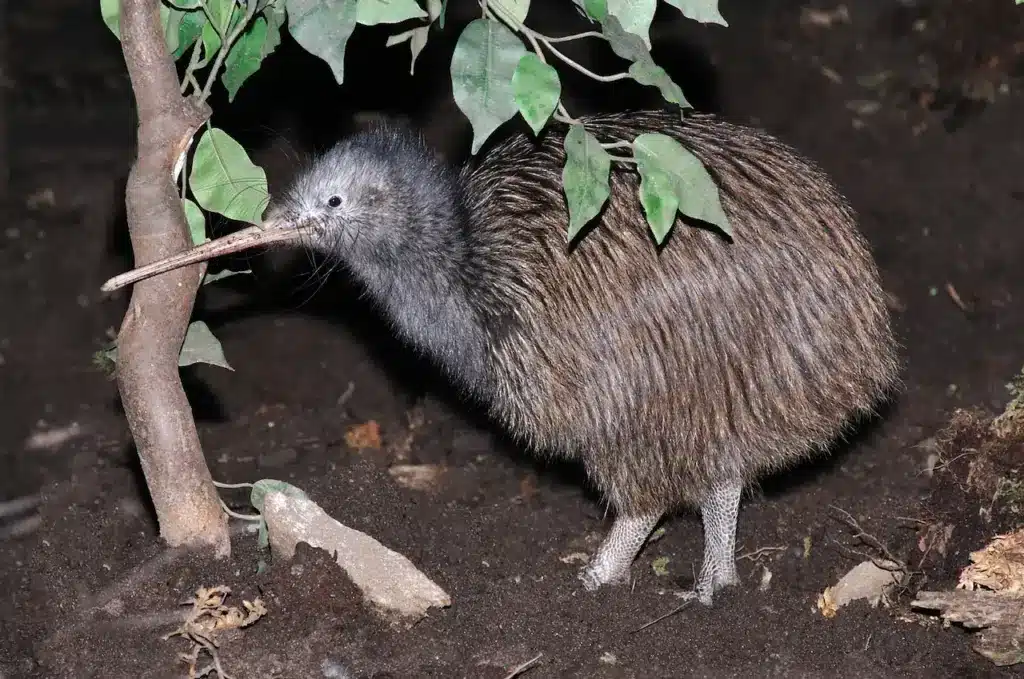
Population Dynamics
Ongoing tracking of wild kiwi numbers, reproduction, survival, movements, and mortality is essential for assessing status trends and conservation efficacy over time.
New Threat Management
Horizon scanning helps early detection of emerging threats like diseases, parasites, and invasive species before they escalate into bigger problems. Prompt strategy testing and response raises resilience.
Human Coexistence
Studying kiwi behavior and movements near housing offers insights on how to reduce conflicts with people, pets, cars, and infrastructure that drive the mortality of birds that breach settlements.
Conclusion
As an icon of national identity, the diminishing kiwi mirrors the broader decline of New Zealand’s unique wildlife and wild places.
But the Kiwi’s situation also highlights that committed human effort using all available conservation science, tools, and cultural wisdom can reverse the tide of extinction. Hard work and hope remain.
The kiwi’s haunting late-night call in the forest helps inspire this cause. By heeding its cry, New Zealanders may yet ensure that future generations can also hear the living call of the kiwi in its native habitat. But for now, the birds require extensive help. The time to act is now.


